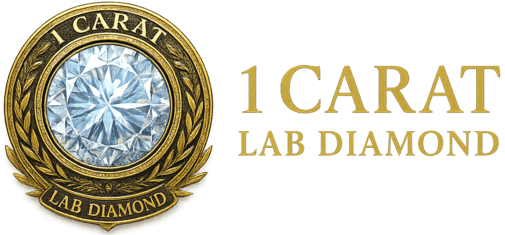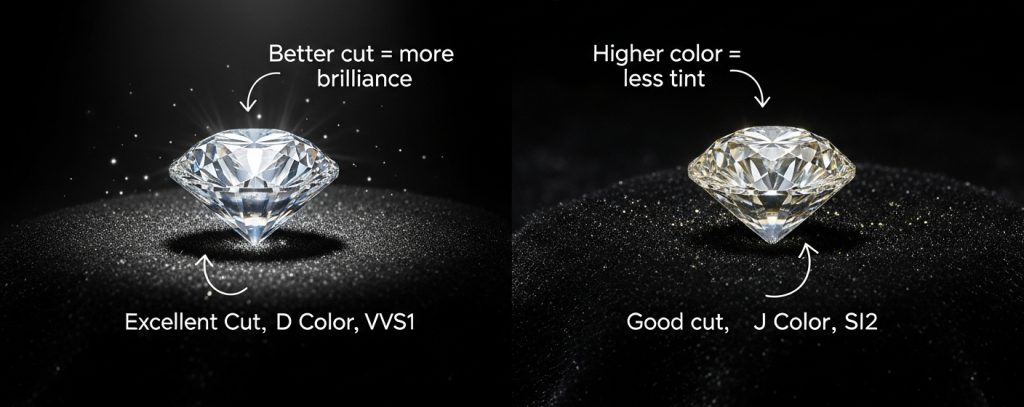What to Look for When Buying a Diamond: The Best Shopper’s Guide Ever
Buying a diamond is one of those moments where emotion and economics collide. Whether it’s for an engagement ring, an anniversary, or a personal milestone, the stakes feel high — and rightly so. That’s why so many people search for what to look for when buying a diamond. They want to know they’re choosing something beautiful, valuable, and meaningful without being misled or overpaying. This guide is designed to do exactly that. It breaks down what to look for when

